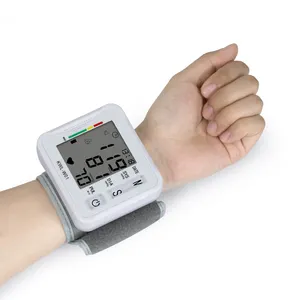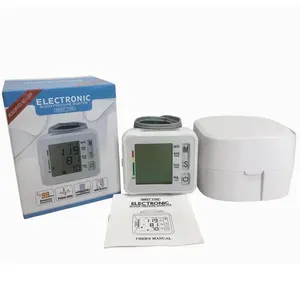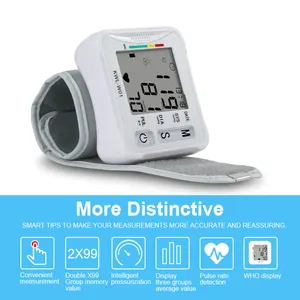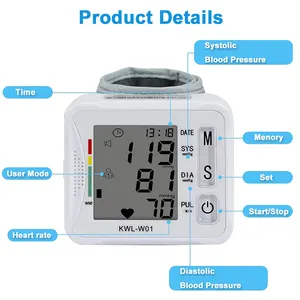Understanding Blood Pressure Checking Meters
A blood pressure checking meter, also known as a sphygmomanometer, is an essential medical device used for measuring blood pressure, which plays a crucial role in assessing cardiovascular health. This portable and easy-to-use equipment is particularly valuable for individuals with hypertension or those monitoring their overall heart health. Incorporating advanced technology, these devices provide accurate readings that enable users to manage their blood pressure effectively.
Types of Blood Pressure Checking Meters
- Manual Blood Pressure Meters:
- Consists of a mercury or aneroid gauge and a stethoscope.
- Commonly used in clinical settings by healthcare professionals.
- Requires training for accurate measurement.
- Digital Blood Pressure Meters:
- Easy to read, displaying results on an LCD screen.
- Available in automatic and semi-automatic models.
- Provides memory functions for tracking readings over time.
- Wrist Blood Pressure Meters:
- Compact and portable, ideal for travel.
- Utilizes a cuff that wraps around the wrist for measurement.
- Best suited for individuals who may have difficulty using arm cuffs.
Features of Blood Pressure Checking Meters
- Accuracy:
- Designed to provide precise and consistent readings.
- Many models come with validation from medical organizations.
- User-Friendly Interface:
- Most digital models feature one-touch operation for easy use.
- Clear LCD displays allow for quick reading comprehension.
- Memory Storage:
- Several devices store previous readings, making it easier to track trends.
- Some models allow for multiple user profiles, accommodating families.
- Alerts and Notifications:
- Built-in alarms can warn users of irregular readings or high blood pressure.
- Some models sync with apps for comprehensive health monitoring.
Applications and Advantages of Blood Pressure Checking Meters
- Personal Health Management:
- Empowers individuals to monitor their own health regularly.
- Facilitates proactive measures in case of irregular readings.
- Healthcare Provider Use:
- Essential tool in doctors’ offices and clinics for routine assessments.
- Provides the basis for potential diagnosis and treatment plans.
- Cost-Effective Monitoring:
- Eliminates the need for frequent visits to healthcare providers for routine checks, saving time and money.
- Many models are affordable and offer reliable results.
- Enhanced Awareness:
- Encourages individuals to take ownership of their health.
- Improves understanding of how lifestyle choices affect blood pressure.






















































